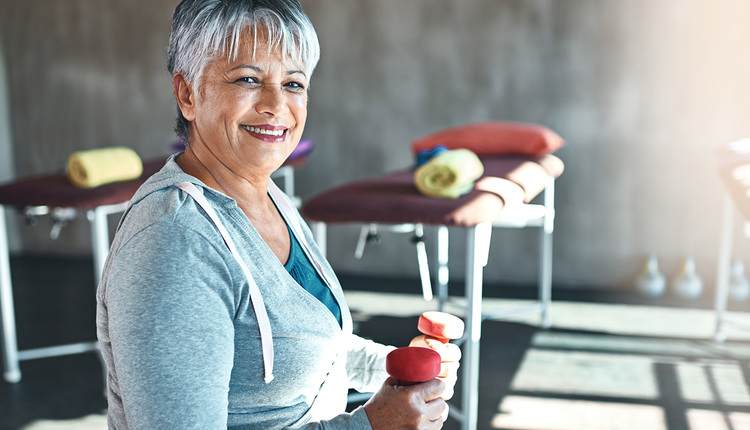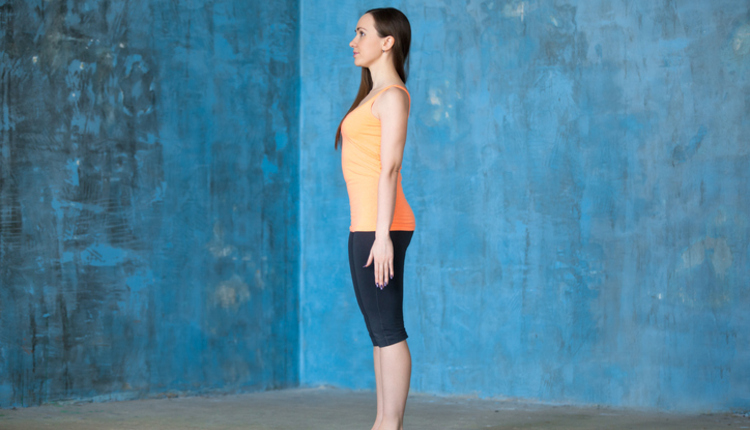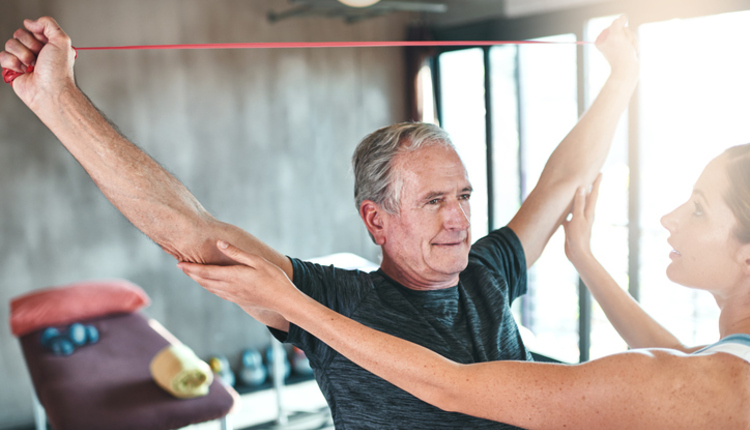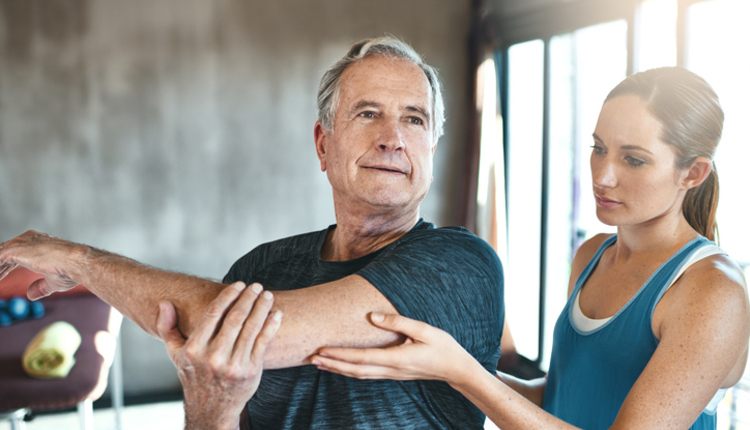
Osteoporosis is at epidemic proportions. Fifty percent of women over the age of 50 and 25 percent of men will break a bone due to osteoporosis during their lives. This is not just an old person’s disease. We are seeing more individuals under 50 receiving this diagnosis and while this is often thought to be a concern for women, men can also have brittle bones. Personal trainers and group fitness instructors at some point in their career will most likely have clients and class participants who have this disease. It is imperative to learn about osteoporosis and how to create a safe exercise program for your clients.
Initial assessment and risk awareness
An initial assessment includes strength testing, coordination, posture, frailty, proprioception and balance testing. Fitness professionals must ask their clients if they have osteoporosis and learn their fracture history. Determine if your clients over age 50 have taken a bone density test and evaluate their risk for bone loss. You should be aware that several common medications increase the risk of osteoporosis. Females are more prone to osteoporosis as well as those with a small frame, have a family history of osteoporosis, subject to early menopause, and those who are sedentary. It may be necessary to educate your client. Osteoporosis is a silent disease and sadly it is not uncommon for individuals to realize that they have low bone mass only after they break a bone.
For trainers working with children or young adults, you should know that peak bone mass occurs in the mid-20s. Think about bone density as savings in a bank. By saving or building bone density when young, bones will have more density as we age, decreasing the risk of osteoporosis. Ensure that younger clients are creating dense bones by participating in high-impact activities. It is also important to keep an eye on clients who are exercising too much, causing exercise-induced amenorrhea. This will create the same issues as postmenopausal women -- an incidence of low estrogen -- one of the major factors in the loss of bone mass.
Program safe, effective exercises
The most effective exercises for preventing osteoporosis and working with those already diagnosed with this disease are weight-bearing, resistance training, balance, posture, stress-reducing exercise, and impact exercise. It will only be after your client’s fitness assessment that you will be able to determine which exercises should by emphasized and which should be avoided. Before working with someone with osteoporosis make sure they have provided you with medical clearance from their physician. As with all your clients with chronic conditions, you should be in communication with their healthcare team.
A safe osteoporosis exercise program consists of weight-bearing exercise for 150 minutes per week, but determine the amount of training time as appropriate. By adding strength training, using body weight or hand weight, it will stimulate bone-building cells, improve proprioception, and improve balance, coordination and agility. Strength training increases bone density because when the muscle contracts it pulls on bone. Slowly increasing the weight used will increase the muscle mass, which increases the pull on the bone.
Falls cause fractures, so fall prevention exercise (balance exercise and muscle strengthening) is crucial. Kyphosis affects balance so posture exercise, concentrating on alignment, is an important component of a safe program. Start with a balance assessment. Have clients try to balance on one leg for 10 seconds. If this cannot be performed, they are level A. They should perform all standing exercises while holding a chair or barre. They can start with the leg raises after a gentle warm-up. Leg raises can be performed by raising a straight leg upward, to the back, and to the side for 10 repetitions. Add calf raises and a gentle foot stomp, and walking. Tai Chi, Qigong, and extremely modified yoga and Pilates can also be added for posture, balance, and stress reduction. Level A clients should practice getting up and down from a chair in squat form with various assistance devices if necessary (if that move is painful, continue with a straight leg exercise). It is interesting to note that there is less osteoporosis in cultures where squats are a fundamental part of performing daily activities. Your client should progress gradually. They should listen to their body, not strain, use good form, and stop if in pain.
If a client can balance on one leg for 20 seconds, they can perform leg lifts while holding onto a chair with two fingers, progress to one finger and eventually adding leg weights or a resistance band. They can jump with toes on the ground, do a modified lunge (strength and balance) and start walking up hills.
For clients who can balance easily on one leg, they can perform leg lifts without holding on to the chair, eventually adding leg weights, and eventually adding another set and balance trainers can be introduced. The intensity of their aerobic exercise of choice can start to increase according to their history of fracture, orthopedic issues and general health. Running is not considered safe for those who experienced fracture without trauma.
Full body strength training is part of a safe program for all fitness levels with the appropriate modifications. Start with light weights and progress slowly, emphasizing the common fracture sites of the hip, spine and wrist. For those with hand arthritis, use wrist weights.
Know what is unsafe
Fitness professionals need to know what exercises are considered unsafe. Forward bending is unsafe. Teach your clients to use a hip hinge (neutral spine using legs) to protect their spine. Any exercise such as an abdominal crunch is contraindicated. Extreme twisting is unsafe. Therefore, many yoga and pilates exercises must be modified. Pushing heavy weight upward creates too much force on a fragile spine, as does plopping down on a chair or floor.
Group fitness instructors should ask if their students have osteoporosis and always provide modifications. Swimming and biking, while excellent for cardiovascular health and are easy on the joints, are not helpful for building bones. They are not weight-bearing exercises. If training on a bicycle, the back should not be rounded.
For clients who like to exercise in a gym, you should observe their routine to make sure that their technique is correct. We often see individuals on the chest press and chest fly machines, sitting in a forward bend posture, which is unsafe. This forward bend posture can also be observed on knee extension and seated row machines.
Since your client is not with you 24 hours a day, they need to understand how to perform their activities of daily living in a safe manner. Driving, taking groceries out of the car, brushing teeth, and making the bed must be done in good spine alignment, using the legs and avoid forward bending.
As a fitness professional, you can add great value to your clients’ quality of life beyond your training sessions by educating your clients on how to prevent fractures during their daily activities and manage living a strong, healthy life even with osteoporosis.


















